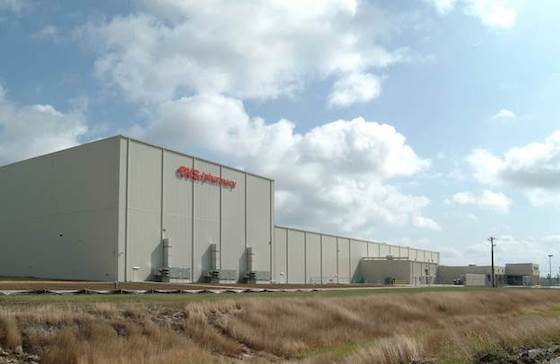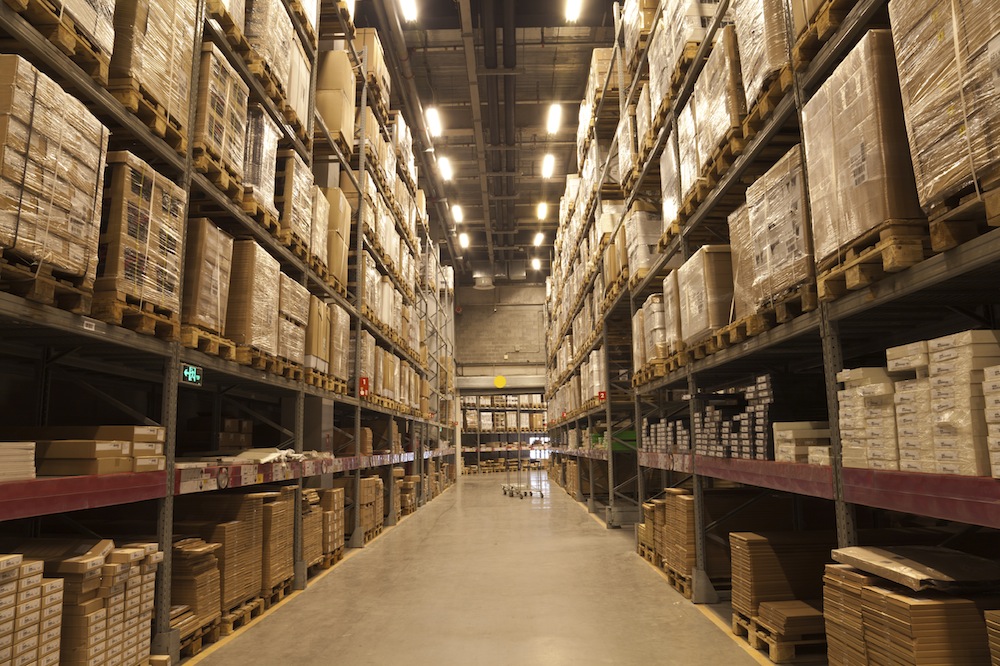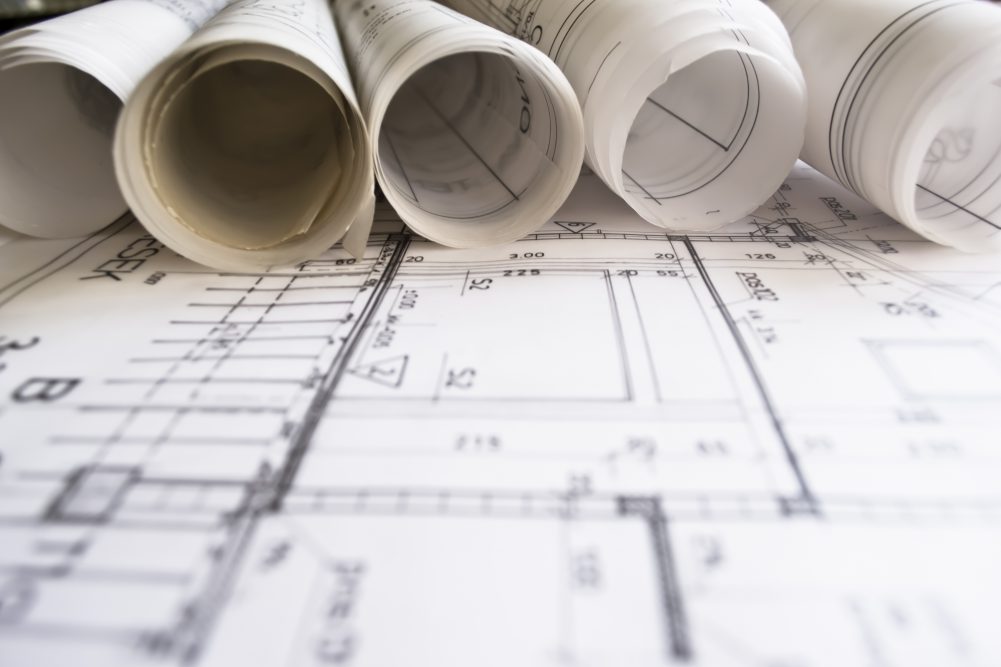Millennials and Mergers: How Food Manufacturers Should Respond to the Changing Food Industry
Mergers and acquisitions are a driving force in the food industry today. Plus, a growing middle class and the millennial population are less brand loyal than previous generations, leading to a surge in store brands. What does this mean for food manufacturers? How should they respond to this disruption in the industry?
Acknowledge that the next generation is changing the food game
We can’t rely on what we used to know about how consumers make purchasing decisions. “That’s what we’ve always done” is no longer a valid justification in today’s food and beverage market.



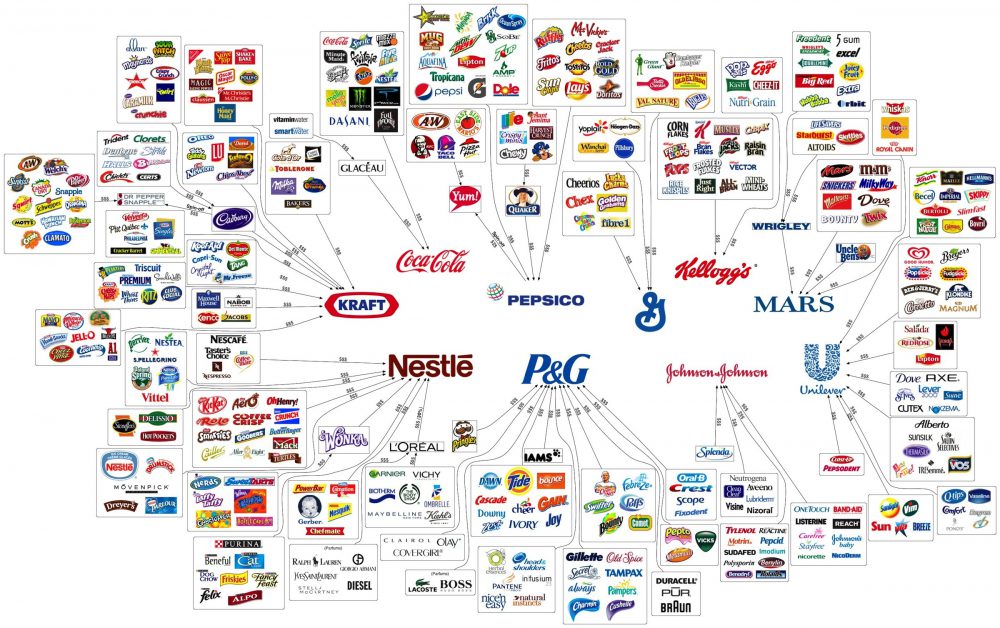
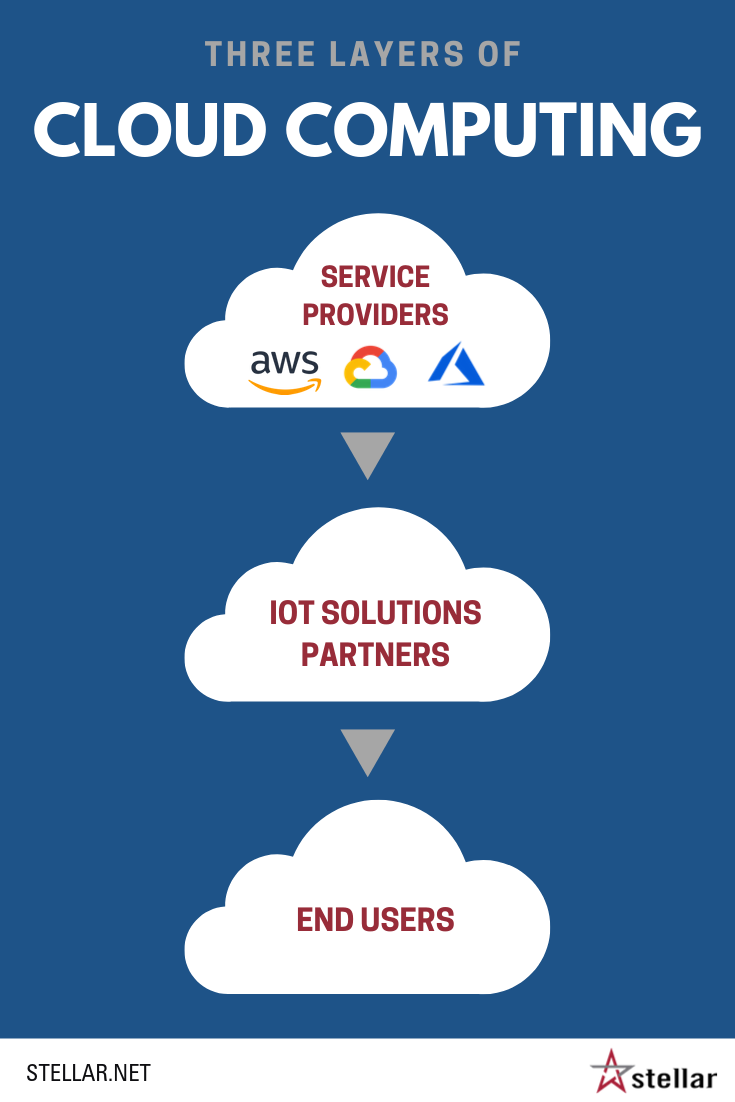
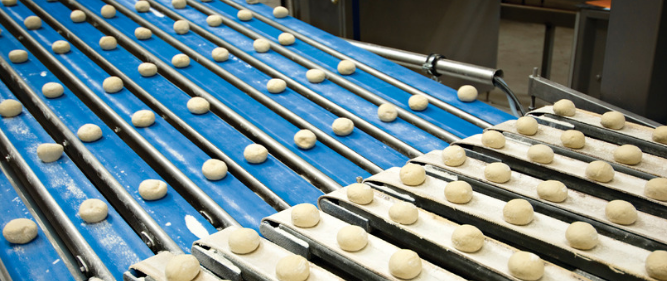
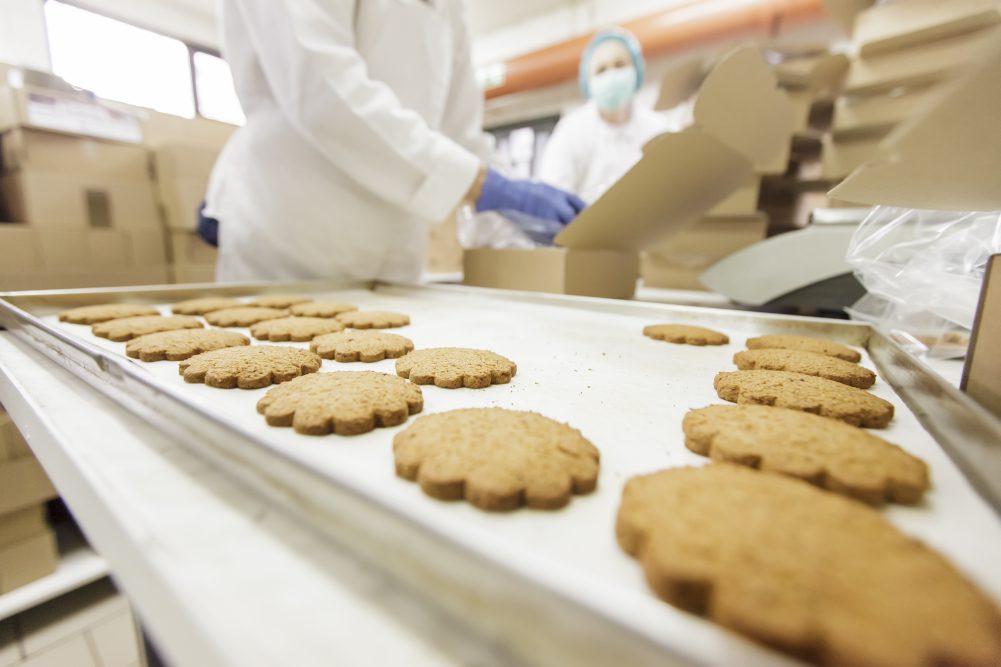
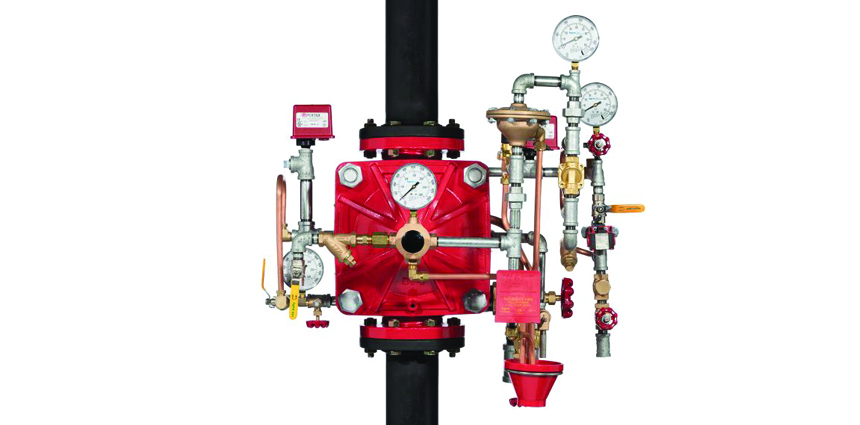
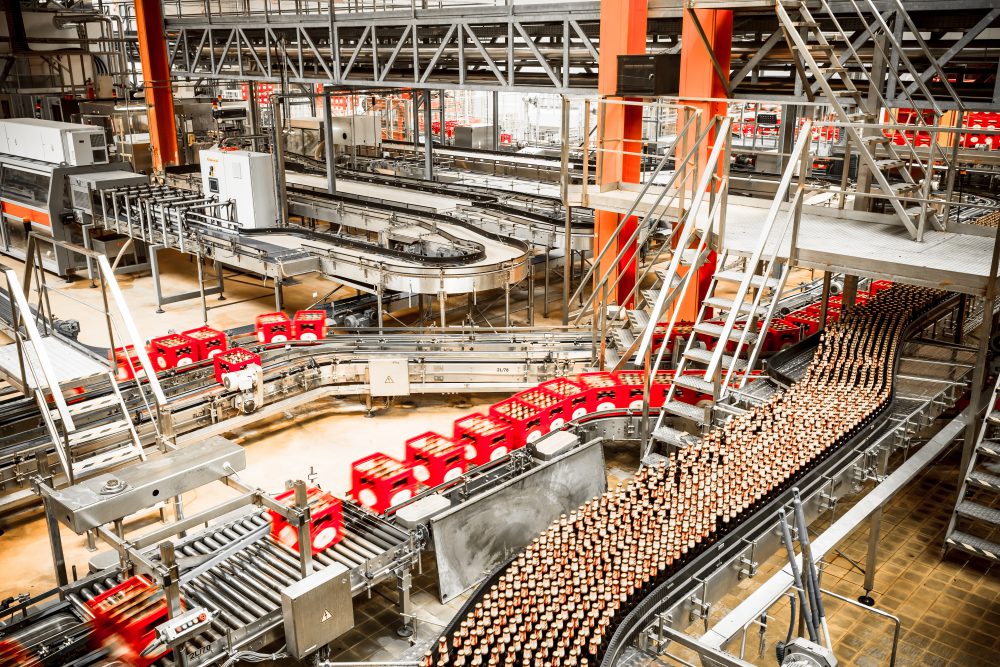
![Prepare Your Food Plant for a Hurricane [Infographic]](https://stellarfoodforthought.net/wp-content/uploads/2015/10/Untitled-design.png)
